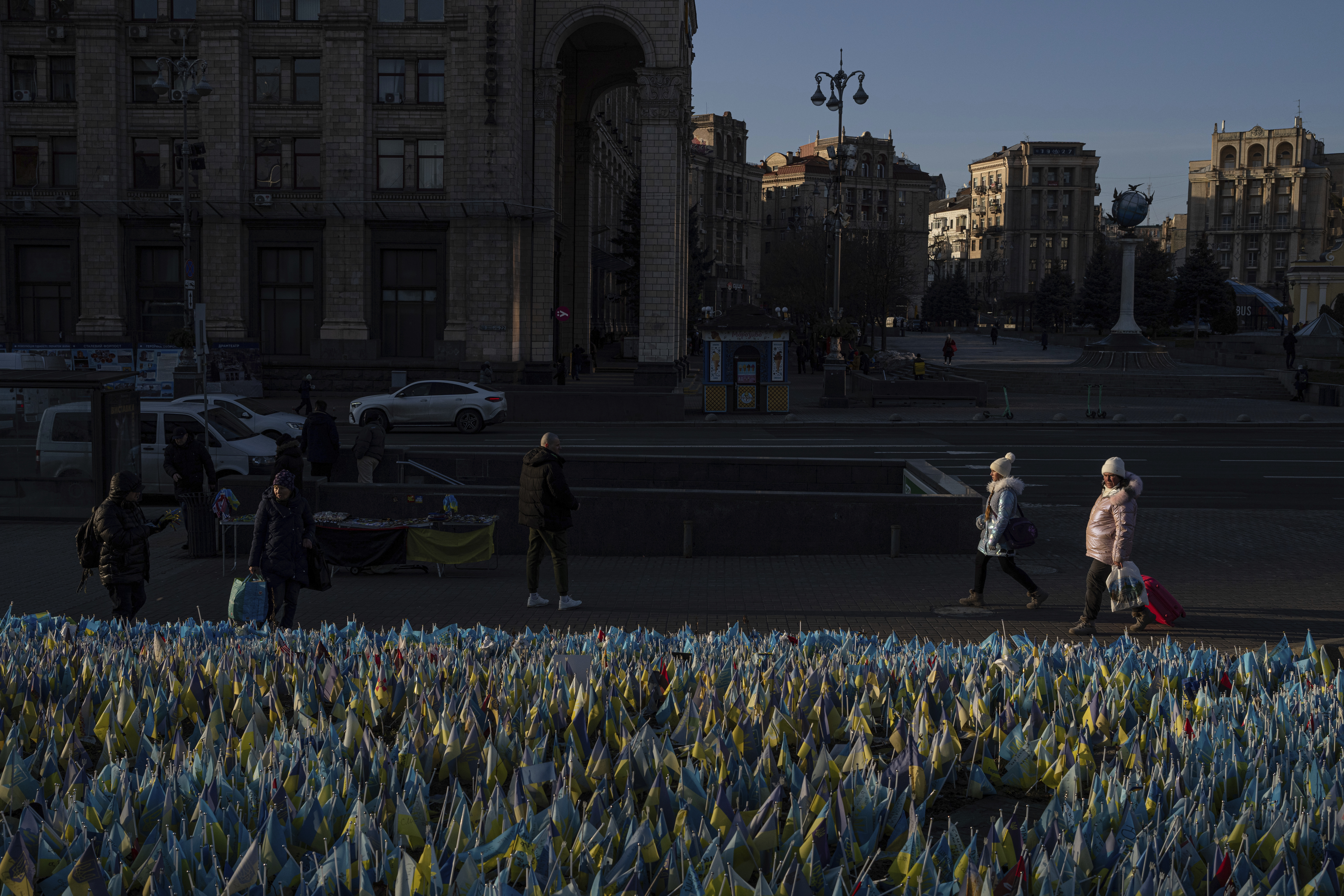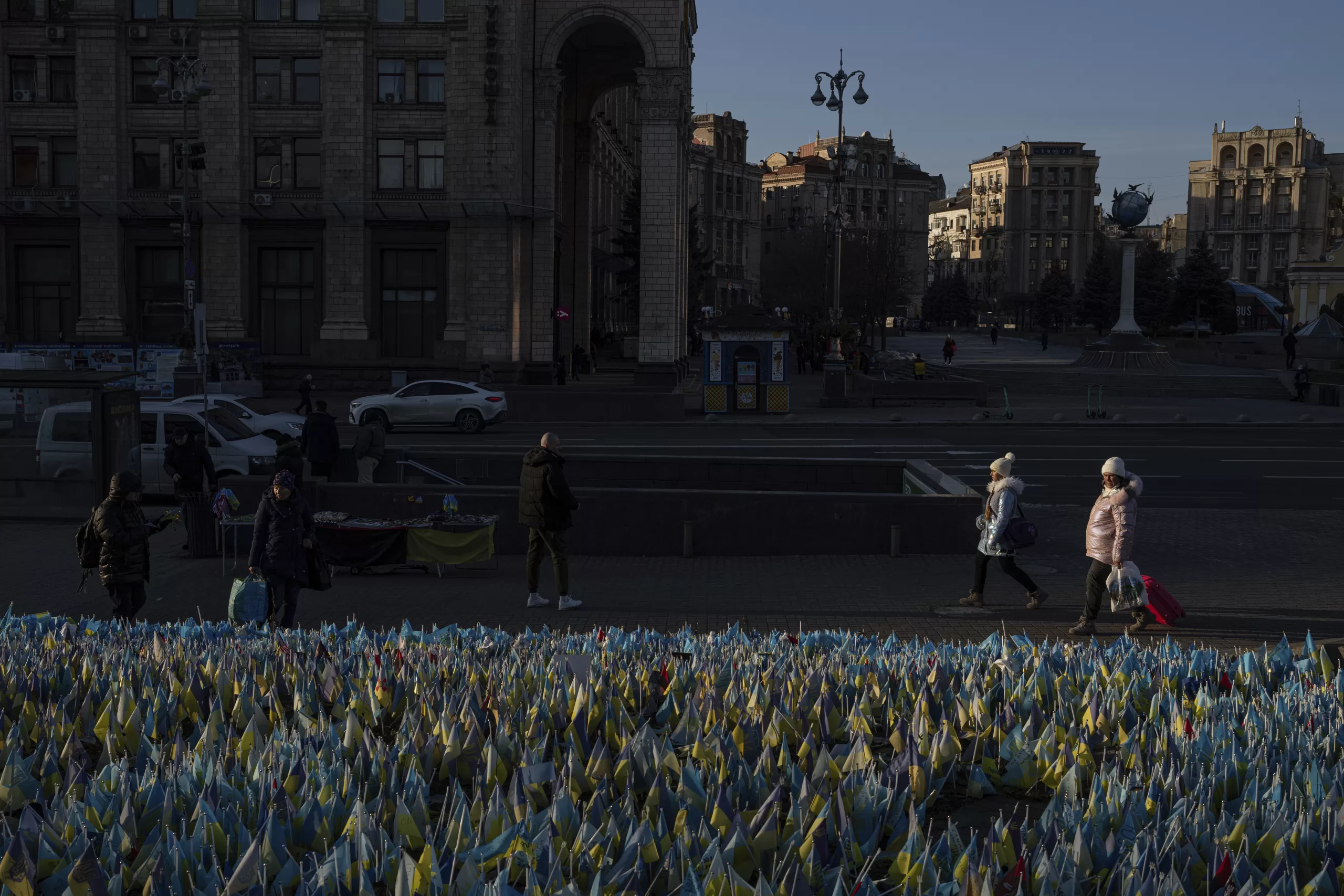
Kyiv currently uses what money it can raise domestically to run its own arms industry, pay its soldiers and other security personnel, and protect pensioners and the internally displaced. Western loans and grants cover outlays on the procurement and maintenance of foreign arms, as well as essential social сosts, such as salaries for public servants, and medical and educational workers. The government is planning for $37 billion in financial aid this year that would all-but cover a budget deficit estimated at $39 billion.
Western backers have provided some $73.6 billion in financial aid since Russia invaded in February 2022, according to calculations from the Center for Economic Strategy in Kyiv. Through the International Monetary Fund, they expect to provide a total of $122 billion between 2023-2027.
But the flow of Western money has slowed to a trickle in recent months, as conflict in the Middle East, the onset of election year in the U.S. and a grinding economic slowdown have all pushed the biggest war in Europe in 80 years down the news agenda. So far this month, Ukraine has received no official financial aid at all.
Hungarian Prime Minister Viktor Orban and Slovakia’s Robert Fico have both resisted providing any more aid to Ukraine from the EU budget, arguing that the funding should be divided into four tranches, each blockable at any time. Orban in particular is now facing increased pressure to drop his resistance.
In the U.S., meanwhile, financial aid to Ukraine has become a hostage in the fight between Republicans and Democrats over border policy. Despite President Joe Biden’s support, House of Representatives Speaker Mike Johnson has demanded that the White House explain its end goal in Ukraine before voting on new aid to Kyiv.
And while the fights in Washington and Brussels play out, Kyiv is holding its breath in silence, hoping not to hurt its chances of getting crucial support.
